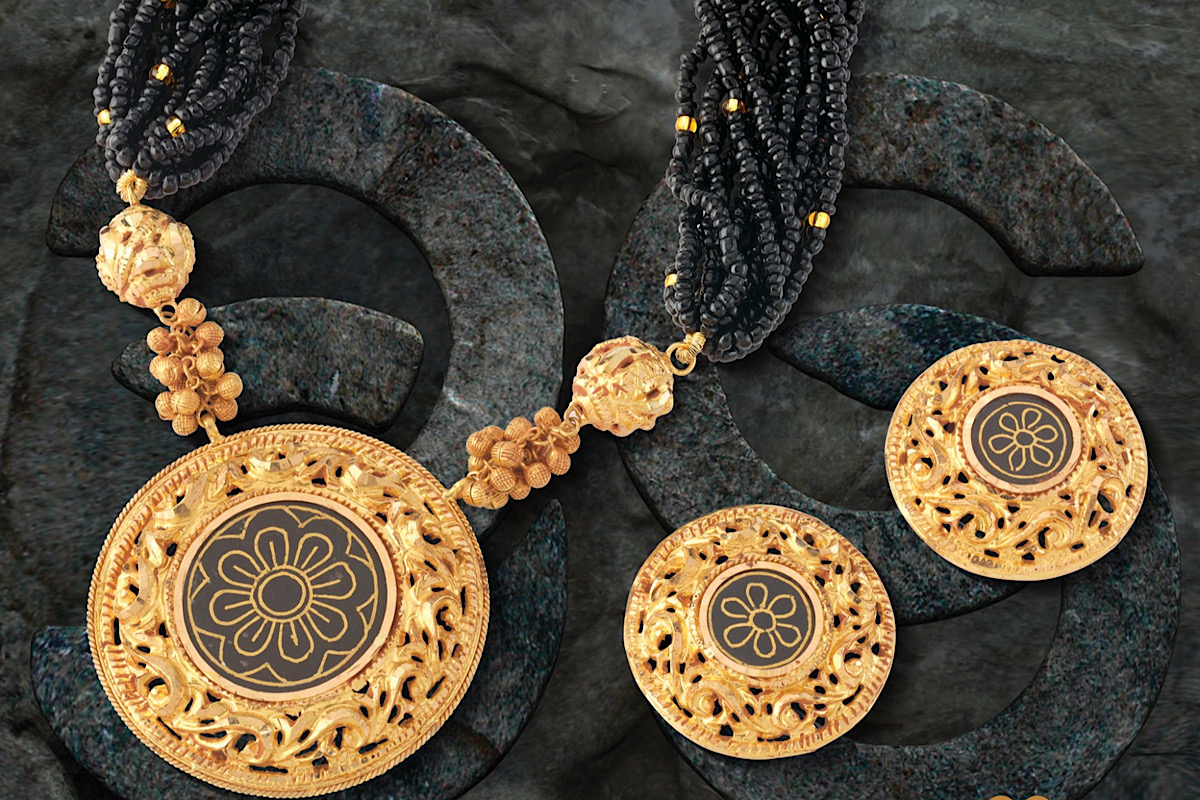District leaders denounce Budget
The Serampore MP on the day of Budget had remarked that the Budget was anti-Bengal.
Much of our Hindu celebrations are tied up with nature and the change of seasons. In Bengal, Akshaya Tritiya was a day when fruits were offered to deities before mortals could enjoy them wholeheartedly.

The golden significance of Akshaya Tritiya
Much of our Hindu celebrations are tied up with nature and the change of seasons. In Bengal, Akshaya Tritiya was a day when fruits were offered to deities before mortals could enjoy them wholeheartedly. Naturally, the seasonal fruits, especially the summer tropical ones, reigned supreme.
The norwester had ceased, and the raw mangoes, which had not fallen off the tree in the storm or had been plucked to make sour dal and chutney or pickles, were left to ripen. The spells of rain accompanying the thunderstorm helped ripen fruits fully, the foremost being the mango. The delicious sweetness was fit for the gods.
With the course of time, various other practices crept in to celebrate this date, considered very auspicious and the “third day of unending prosperity” by Hindus and Jains. It became part religious, part social, and, if one may add, even commercial. On this date, new ventures, marriage engagements, housewarming, investments in gold, and property started to be initiated.
Advertisement
Similarly to dhanteras, which became synonymous with buying gold and silver, a day before Diwali, on Akshaya Tritiya, jewellery buying goes up tremendously. What was once the practice on Poila Baishakh, or Bengali New Year, started shifting to this date.
“There are several reasons for this,” explains Kaushik Sen, zonal marketing head of a reputed chain of jewellers in Kolkata. “Earlier, small family-owned jewellery stores opened new accounts, or halkatha, with their clients, for which ledgers were used. Now greater transparency is maintained as many of the well-known establishments have become corporatized, and leading Indian jewellery manufacturers have also joined the fray.”
Like dhanteras, earlier signified buying something new for the house has spilled to big-time spending, which includes gold and diamond jewellery, electronics, and maybe even vehicles. Jewellery establishments in the city offer heavy discounts and waivers on making charges on Akshaya Tritiya. “You can put it down to a certain marketing hype that is being created,” Sen adds.
Brinda Sirkar, belonging to another reputed jewellery house in the city, throws light on jewellery buying during this time, which is not directly connected with weddings. “We make exclusive jewellery by highly skilled craftsmen, so the orders take time. Those planning wedding trousseau like to place their orders in advance.”
Brinda Sirkar has designed stunning ranges of jewellery inspired by our rich heritages, ranging from the ancient Mughals and Nizams of Hyderabad and Rajput to Bengal art. Her bidri range is noted for bringing Hyderabadi (though this silver inlay work originated in Bidar, Karnataka) craftsmanship to match with Bengal’s handcrafted gold jewellery.
According to her, she is not partial to any age group, like young, middle-aged, or elderly ladies. “Indian women like jewellery, and many like to flaunt it while also keeping its value in mind.”
Therefore, new designs make sense, like fashion statements elsewhere in the world. Not for her, the jewellery that is light, machine-made, and can be bought off the counter.
Today, it is up to the women to make that choice – whether to go for lighter or heavier jewellery, as gold is an expensive metal. The main issue is that they are financially independent and can spend and save money as they wish. They no longer depend or should depend on their families to only provide for them. And if creativity continues with odes to our legacy of workmanship and artistry by our goldsmiths, these reasons are good enough for a celebration.
Advertisement